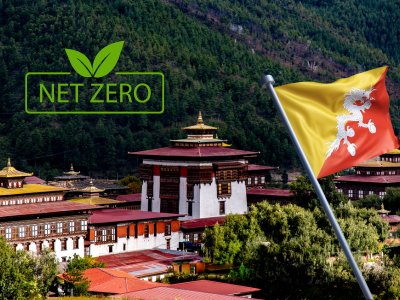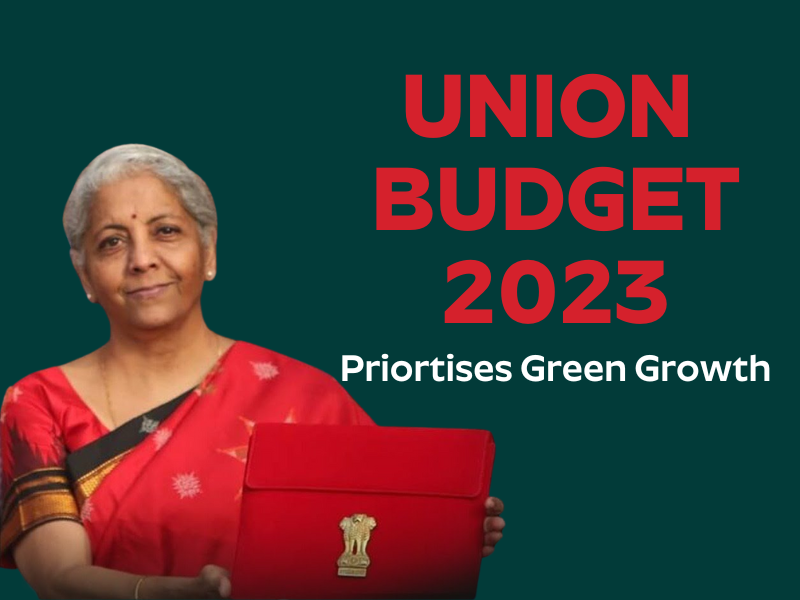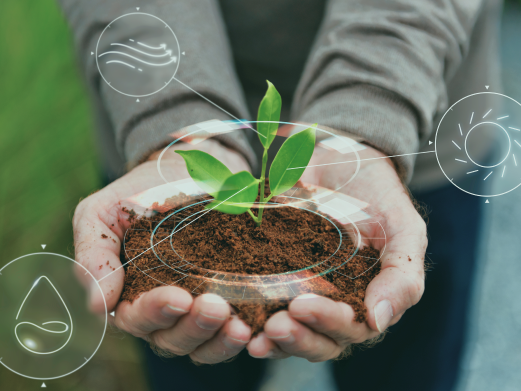More and more of the world’s largest corporations are taking action to combat climate change and provide the groundwork for future net-zero carbon economies. They are making the most of the opportunity to accelerate innovation, strengthen competitiveness, enhance risk management, and accelerate growth.
Below are a few examples of companies that have set ambitious targets for reducing their environmental impact.
Unilever only operates on sustainable energy sources throughout all five continents.
One of the largest fast-moving consumer goods firms in the world, Unilever, which provides products to approximately 2.5 billion people every day, reported in September, 2019 that it had achieved substantial progress toward its targets for using renewable energy.
The company’s operations are powered entirely by renewable grid electricity on all five continents. Not only does this demonstrate progress toward its objective of using 100% renewable electricity with RE100, but it also demonstrates progress toward its ultimate aim of being carbon positive by 2030.
Unilever has funded energy-efficiency initiatives to achieve this. This has led to a 28% decrease in overall energy consumption and a 50% reduction in carbon emissions per tonne since 2008. The declaration came just days before Unilever joins other business and government leaders at the UN Secretary General’s Climate Action Summit held in September of 2019, to discuss the critical need to keep the average global temperature rise below 1.5°C, marking the official start of Climate Week NYC, 2019
The corporation is attempting to hasten the transition to electric vehicles through EV100 and other initiatives.
Mahindra: Making progress toward ambitious objectives
Anand Mahindra, chairman of the Mahindra Group, issued a call to action for companies worldwide to commit to a science-based emission reduction objective at the start of 2018. (SBT).
He followed up on his rousing call to action by saying he would establish SBTs for each company in the $20.7 billion Indian conglomerate and work toward making the entire group carbon-neutral by 2040. Twenty member firms have committed to using SBTs as part of the group’s Science Based Targets project.
The two Mahindra enterprises responsible for the most greenhouse gas emissions, Tech Mahindra and Mahindra Sanyo Special Steel, were the pioneers in committing to and obtaining approval for SBTs, with Sanyo Steel becoming the first steel manufacturer in the world to do so.
The team is making headway in its mission. Company-wide emissions decreased by 14% over the fiscal year 2017-18, totalling 618,439 t CO2 across direct, indirect, and value chain emissions (Scopes 1, 2, and 3). The $419 million in annual revenue generated by the company’s “green” companies demonstrates that addressing climate change does not have to compromise profit margins.
IKEA: Quickening the Pace of Climate Change
IKEA’s parent company, INGKA Group, is making more strides toward achieving a climate-positive value chain by 2030, even as the IKEA brand continues to expand. This involves achieving its scientific goals, such as moving to 100% renewable electricity by 2025 (RE100) and 100% zero-emission home delivery by 2030 (EV100).
IKEA is making progress toward its aim in the area of renewable energy. IKEA sourced 81% of the energy it consumed throughout its 2018 fiscal year from renewable resources. In 2021 IKEA announced a new programme in India, Poland and China that supports nearly 1,600 direct suppliers to switch to 100 per cent renewable electricity.
In 2019, only one year after it was first stated, the target was met in Shanghai. Recently, IKEA stores in India, China, Australia, and France have all begun using electric vehicles.
Levi’s: Ahead of schedule
The first of Levi Strauss & Co.’s goals was to reduce emissions by 25 per cent by 2020, and the company has already accomplished this. In light of these gains, the firm has committed to cutting GHG emissions by 90% inside its operations and 40% throughout its worldwide supplier chain by 2025. Also, they’re committed to making the change to renewable energy.
Company employees are working to ensure that all of the company’s electricity comes from renewable sources by cutting energy waste, installing solar panels at locations around the world, purchasing green utility products in Europe, entering into power purchase agreements (PPAs) in the United States, and purchasing renewable energy certificates (RECs) in various countries.
An interesting data: by the end of 2017, Levi’s had helped six of its suppliers in Bangladesh, India, Sri Lanka, and Vietnam reduce their greenhouse gas emissions by 13% and their energy use by 22%. These initiatives saved manufacturers over a million dollars in operational costs while reducing their carbon footprints. GlobeScan is doing a market study in 2021 and Levi’s is taking part in it in Brazil, China, France, India, South Africa, the United Kingdom, and the United States. The study’s goal is to learn how individuals place a monetary value on nature, and its outcomes will shed light on regional perspectives on nature and the role of corporations in its protection. In the long run, it hopes to apply what it has learned to get people invested in helping to protect biodiversity.
Maersk: Revolutionizing the Shipping Industry
The world’s largest shipping container firm, Maersk, has challenged its competitors and suppliers by committing to carbon neutrality by 2040. It supports this lofty objective by focusing on the ships and fuels important to international shipping.
In order to meet this goal, Maersk Ocean has established a policy of only buying newly built vessels that can be operated on green fuels, and has pledged to reduce emissions per transported container in its fleet by 50% by 2020. By modifying the dimensions of the hull and the ship’s motion, Maersk has created dishes that are 15 per cent more efficient than standard vessels.
Since 2007, Maersk has reduced its CO2 emissions per container by 46%, which is 9% greater than the industry average.
Rolls-Royce’s Vision for a Carbon-Free Future
Rolls-Royce is applying its superior engineering prowess and extensive hybrid and electric power background to the world’s most pressing technological issue. The corporation is at the forefront of the movement to electrify aviation, and its inventions in the rail, marine, and power sectors have set the standard for the industry.
Rolls-Royce wants to drastically cut down its greenhouse gas (GHG) emissions from its activities and facilities by 2030. Rolls-Royce has reduced its greenhouse gas emissions by 21% since 2014, its energy use by 20% and its rubbish output by 67%.
However, because of Rolls- Royce’s contribution to the field, commercial flights are 40% more efficient than the first generation of gas turbine aero engines. Both the Trent XWB, which propels the Airbus A35, and the new Pearl 15 engine for business aircraft include ultra-low emissions combustion systems, resulting in a 7% increase in fuel efficiency and the best NOx emissions in their respective categories.
Zero-sum cloud computing, courtesy of Salesforce
Salesforce.com, Inc., an American cloud-based software corporation with a market cap of over $122 billion, ranked second on Barron’s 2018 list of the 100 Most Sustainable Companies. Through emission reductions and offsetting, the company achieved its objective of net-zero emissions in 2018.
The corporation has also committed to obtaining all of its electricity needs for its global operations from renewable sources by 2022 through RE100. It has also committed to only owning and working in buildings with net-zero carbon emissions by 2030 as part of the EP100 initiative’s Net Zero Carbon Buildings roadmap.
For its part, Salesforce is helping its top suppliers—responsible for half of its total emissions from suppliers—establish their reduction targets for 2025.
These companies are merely the tip of the iceberg of those hastening the transition to a carbon-free economy. More than a thousand corporations have committed to making significant efforts to combat climate change.
Think about this:
Annually, India generates 2.88 Gt of CO2 through its activities.
141 crores, or nearly 493 million people, out of India’s total population of 142 crores live in urban regions (about 35 percent of the total).
The average urban Indian generates 1.32 tons of carbon dioxide over the course of a year.
The 493 million people who live in metropolitan areas in India are responsible for the production of 650 million tons (about 22 percent of the total) of CO2.




